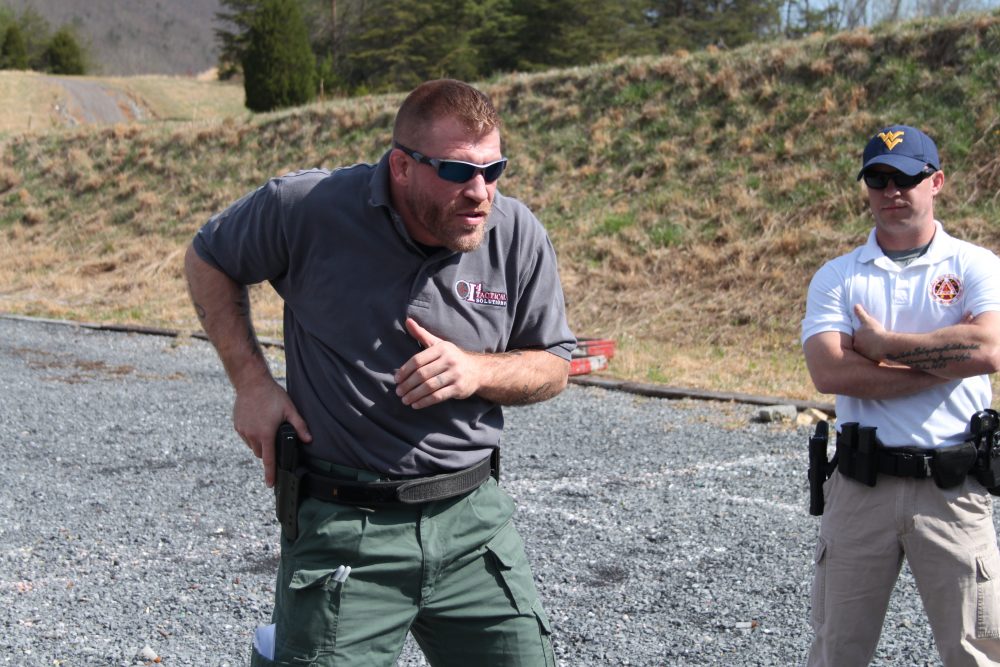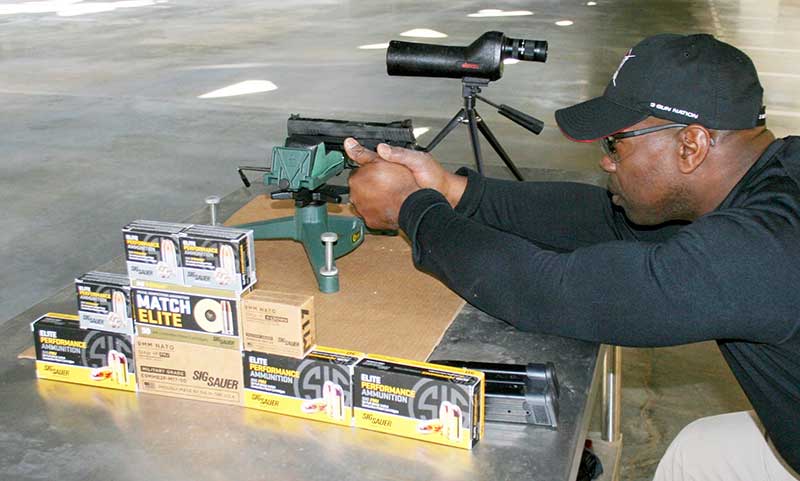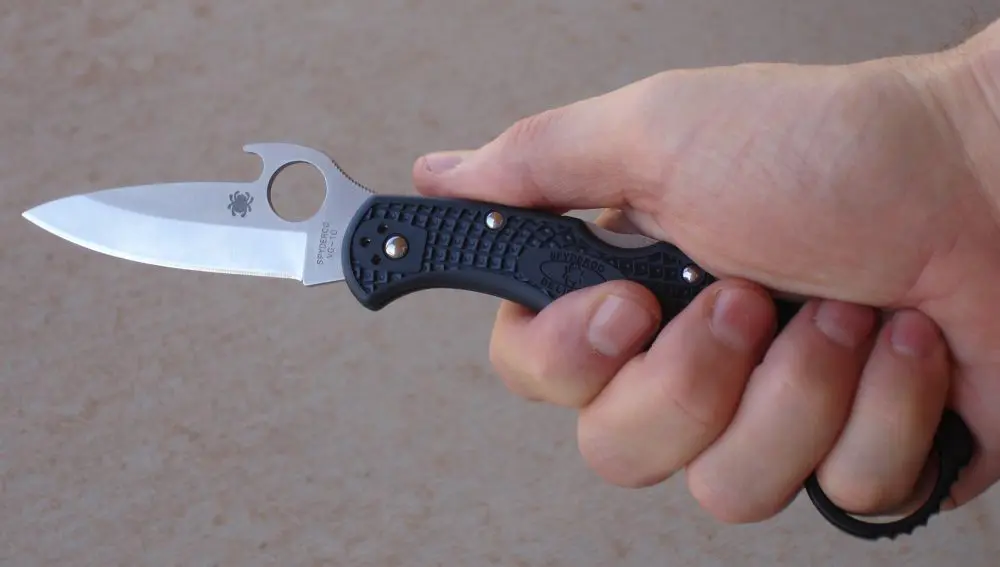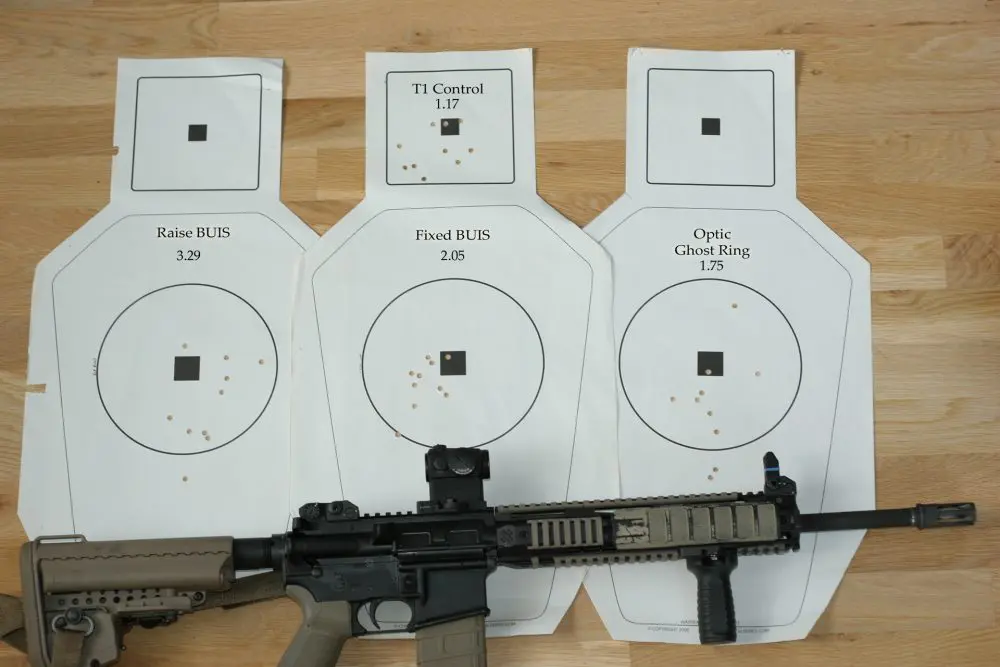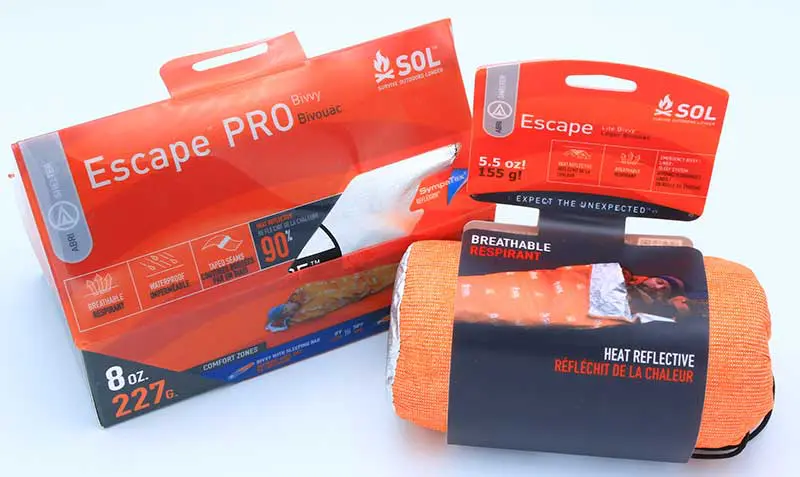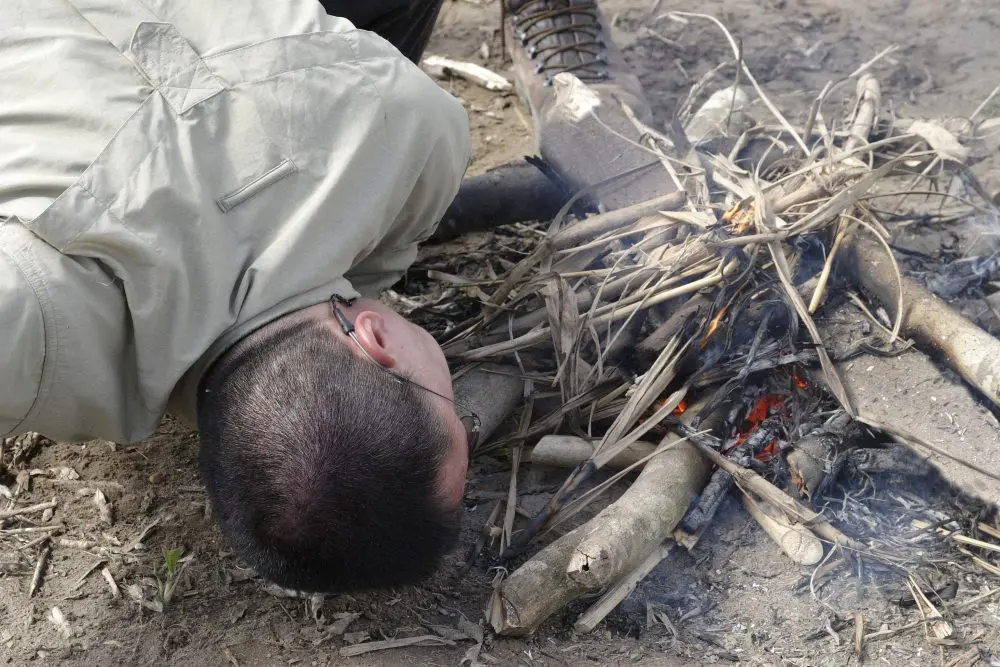You’re only as good as your worst day.
While all the clichés talk about how realistic, regular or productive training will improve your odds in battle, the operative word is “improve,” not “guarantee.” When all is said and done, the brutal fact remains that you’re only as good as your worst day.
You have to operate on the basis that in a for-real fight, any performance gain over and above this lowest common denominator will be a bonus. This doesn’t mean you walk around with your lower lip dragging on the ground, but there’s a huge difference between being pessimistic and conditioning yourself to be a realist.
Yes, we’ve all had that day when we knew even en route to the firing range that we weren’t going to miss. Half an hour later, and the intuition proved correct. Two-handed, right-handed, left-handed, no matter what you did, the seemingly magnetic bullets all impacted the center of whatever target you selected.
But that day comes only once in a blue moon, reflecting the absolute zenith of your ability, pure dumb luck or the fact that you chose easy targets way within the limits of your personal ability. If it’s the last reason, push harder. If it’s for either—or both—of the first two, you may as well pack up and go home, because you’re not getting any benefit; all you’re doing is making noise and wasting ammunition on one Magic Day.
The purpose of training is not to maintain your level of proficiency—the objective is to improve, each and every time you train. If you hit the range with the intention of merely maintaining your current level of ability, you’ll wind up with one of two results: either your overall performance will become stale and vapid, or you’ll lower your standards to meet the ability you already have. And irrespective of past experience and successes in battle, nobody is so good that they don’t need improvement—nobody. (Unless, of course, you’re an omniscient Komputer Kommando, in which case this doesn’t apply to you like it does to us lesser mortals—but then you wouldn’t be wasting your time reading this anyway.)
Since the generic Eleventh Commandment pistol-shooting range is invariably adorned with 3, 5, 7, 10, 15, 25 and 50-yard line markers, most shooters will begin a practice session at the three-yard line to “warm up.” This usually entails the regimen of several strings of fire delivered to the center of mass of a static 18×30-inch one-dimensional target, predominantly executed from an initially holstered handgun. The net result of this activity is a suitably ventilated target for the experienced shottist.
The problem, of course, is that you’ve accomplished absolutely nothing except waste powder and lead, and verify to yourself that you could do something that was a preconceived given. “Aha,” you say. “The reason I religiously perform this drill first is to improve and maintain my muscle memory. Repetition is the basis for good shooting, don’t you know.”
Well, not exactly. While repetition does indeed maintain proficiency of mechanics, it is only one facet of success in gunfights. Mechanical repetition prevents you from inserting a fingertip into your eyeball when you’re trying to pick your nose—that’s what mechanical repetition achieves. More accurately termed proprioception, it ensures that your hand consistently contacts the gunbutt each and every time you wish to gain access to the weapon, even under duress.
Try inserting your booger-plucker into a nostril when you’re trotting over rough terrain and you’ll soon find out the difference between repetition and proprioception. Why on earth would you want to swab out your snotbox while running through a ravine at six miles per hour? Probably for the same reason that you think you can insert rounds into a charging human assailant from a stationary position at nine feet, reacting to a full-force threat from a holstered pistol.
You aren’t going to get it done from a stationary position, using a conventional shooting stance. Not when you’re reacting to a threat and taking longer than a second to get it done, you aren’t. For these compressed distance reactionary situations, you need not only a reliable drawstroke, but also the ability to execute it while moving—plus close quarters weapon retention and firing techniques and unarmed weapon take-away skills to boot.
So by all means, practice mechanical shooting skills and weapon manipulation. They are, after all, essential components of successful gunfighting. But they are not the be-all and end-all of the game. A proficient shottist is not necessarily a capable fighter.
So if you’re going to practice, practice at realistic distances, using realistic techniques on realistic targets, and under pseudo-realistic circumstances. As stated above, the objective of practice shouldn’t be maintenance of mediocrity. It should, instead, lead to ever-increasing improvement and achievement.
Anybody can pick his nose at leisure in private. The trick is to remove the booger and dispose of it unnoticed in a traffic jam.
Now that is achievement.
[Louis Awerbuck is Director of the internationally acclaimed Yavapai Firearms Academy. Course information and schedules are available at their website at www.yfainc.com]

